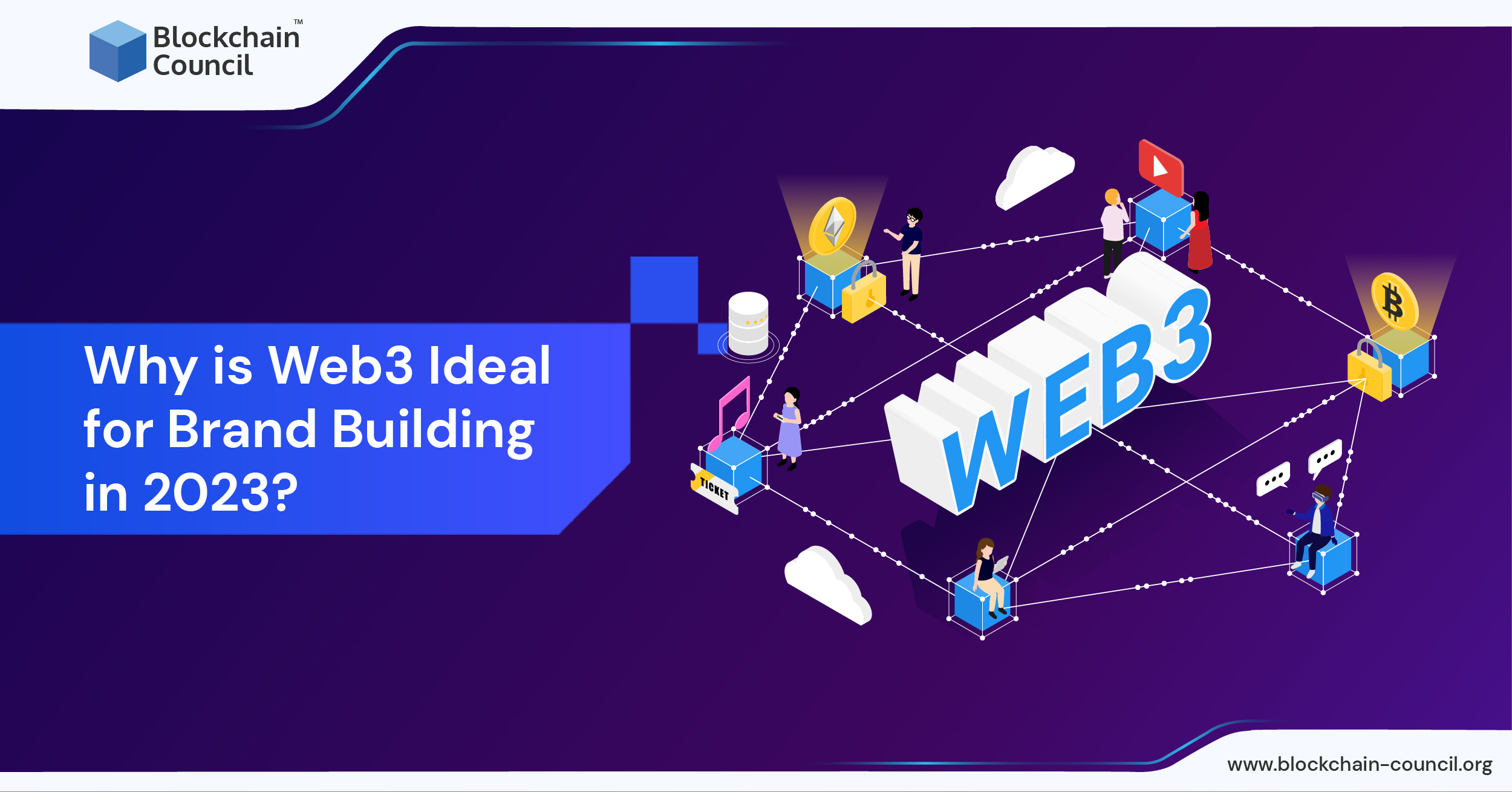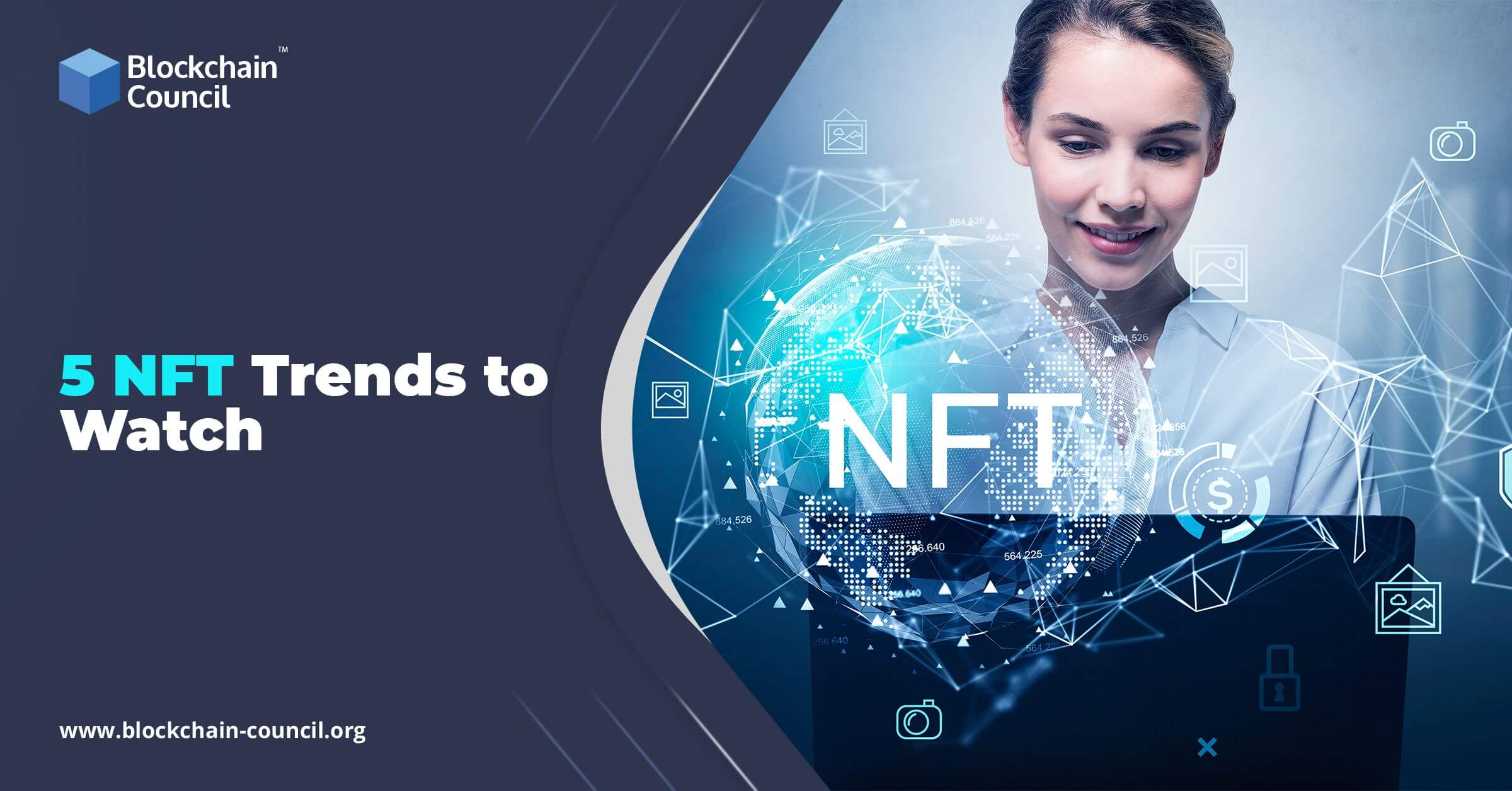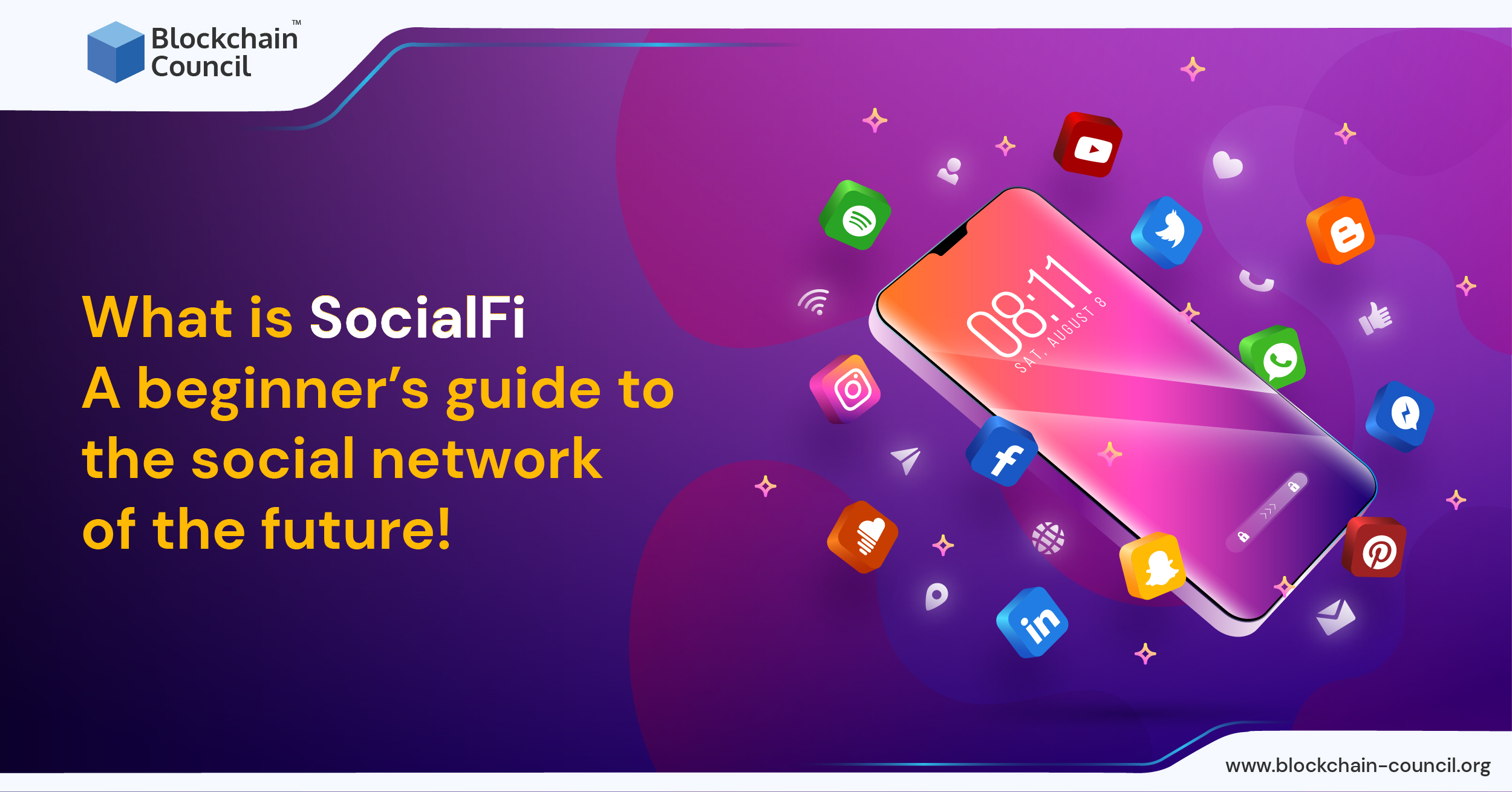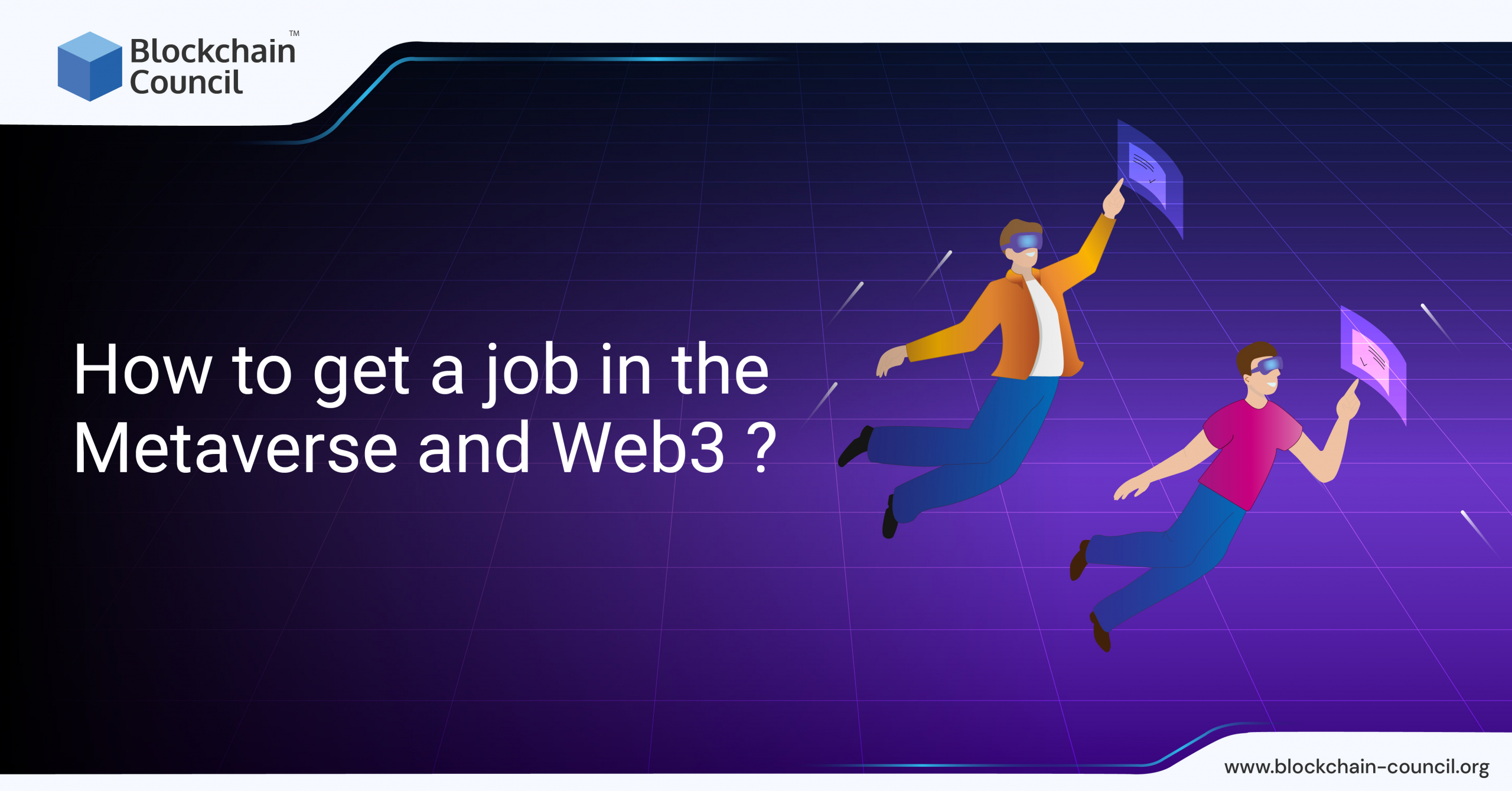
- Blockchain Council
- January 06, 2023
Web3 technologies like Blockchain, Metaverse, and NFTs will play a crucial role in shaping how we interact with the internet. One area where these technologies will have a particularly significant impact is in the realm of brand building. In 2023 and beyond, Web3 is poised to become the ideal platform for building and promoting brands in the digital world.
Introduction
With traditional Web2 technologies, it can be difficult for consumers to know whether a brand is genuine or authentic. This is especially true in the age of social media, where it is easy for companies to create fake accounts and manipulate online conversations. Web3 technologies, on the other hand, offer a level of transparency and accountability that is impossible with traditional systems. By leveraging Blockchain and other decentralized technologies, brands can build consumer trust by providing a verifiable record of their activities and interactions. This can be especially useful for companies in industries where trust and reputation are critical, such as finance and healthcare. With decentralized applications and platforms, brands can create immersive and personalized experiences tailored to individual users’ needs and preferences. This article will discuss why and how Web3 technologies offer new opportunities for brands to connect with and engage with consumers more meaningfully.
Read More- Web 3.0 Vs. Metaverse: A Detailed Comparison
The Use of Generative Arts
Generative art is a form of digital art that is created using algorithms and computer programs. It is a rapidly growing field that has the potential to revolutionize the way businesses and brands approach brand building.
Businesses and brands can use generative art for brand building by incorporating it into their marketing and advertising campaigns. By creating unique and eye-catching visuals using generative art techniques, businesses can grab the attention of potential customers and stand out in a crowded marketplace. Additionally, because generative art is created using algorithms, it is easy to scale and customize, making it a cost-effective way to produce a large volume of unique and high-quality visuals.
Generative art can also be used to create immersive and interactive brand experiences for customers. For example, a fashion brand could use generative art to create a virtual dressing room that allows customers to try different outfits and mix and match different pieces. This not only helps customers visualize how different pieces look together, but it also helps to create a more engaging and interactive brand experience.
Another way that businesses and brands can use generative art for brand building is by using it to create unique and personalized content. By using algorithms to analyze customer data and preferences, businesses can create custom generative art pieces tailored to individual users’ interests and needs. This not only helps to create a more personalized brand experience but also helps to build stronger connections with customers and increase brand loyalty.
Read More- How Leading Big Tech Firms Embracing Web3 Technology?
The Second Pillar, Metaverse
The Metaverse is a virtual world created and sustained by a network of computers and users. It is a rapidly growing field that has the potential to revolutionize the way global businesses approach brand building in 2023 and beyond. One way the Metaverse will help global businesses build a brand is by providing a new platform for creating immersive and interactive brand experiences. With the Metaverse, businesses can create virtual environments and experiences that allow customers to engage fully with their brand in a way impossible in the physical world. This can include virtual stores, events, and experiences allowing customers to interact more effectively with products and services.
Metaverse will help global businesses in brand building by providing a new platform for creating personalized and targeted marketing campaigns. By leveraging data and analytics tools, businesses can create personalized and targeted experiences within the Metaverse that are tailored to the interests and needs of individual users. This not only helps to create a more engaging brand experience but also helps to build stronger connections with customers and increase brand loyalty.
The Metaverse will also help global businesses build a brand by creating virtual storefronts and experiences. Within the Metaverse, businesses can reach new customers and markets that may not have been accessible through traditional channels. This can be especially valuable for businesses that operate in sectors where physical expansion is difficult or costly, such as the fashion and retail industries.
Read More- How Web3 Can Revolutionize The Education Sector?
The Final Nail, Tokenization
Tokenization is the process of creating a digital token that represents a physical or virtual asset. These tokens can represent a wide range of assets, including real estate, art, and social media influence. By creating tokens that represent specific assets or experiences, organizations can create new channels for customers to engage with their brand. For example, a music festival could create tokens representing VIP experiences or backstage access, which customers can purchase and redeem at the event. This not only helps to create a more engaging brand experience but also helps to build stronger connections with customers and increase brand loyalty.
Apart from that, tokenization can also help organizations connect with their audience by providing new opportunities for fundraising and community building. Organizations can use tokenization to raise funds and build support for their work by creating tokens representing specific projects or initiatives. This can be especially valuable for organizations working on social or environmental causes, as tokenization can help create a sense of community and shared purpose among supporters.
Tokenization can also help organizations connect with their audience by providing new opportunities for monetization and revenue generation. Organizations can use tokenization to generate new income and revenue streams by creating tokens representing specific assets or services. This can be especially valuable for organizations looking to monetize their online presence or influence, as tokens represent a wide range of intangible assets.
Read More- How Is Marketing Improving For Web 3.0 In 2022?
Conclusion
In the coming years, the Metaverse, non-fungible tokens (NFTs), and tokenization will play a crucial role in shaping how businesses approach the brand building. The Metaverse provides a new platform for creating immersive and interactive brand experiences, such as virtual stores and events. NFTs can be used to create new channels for engagement and participation with customers, such as tokens representing VIP experiences or backstage access. Tokenization can create new opportunities for fundraising, community building, and revenue generation, such as tokens representing specific projects or initiatives. By leveraging these technologies, businesses can build and promote their brand in new and innovative ways.





































































 Guides
Guides News
News Blockchain
Blockchain Cryptocurrency
& Digital Assets
Cryptocurrency
& Digital Assets Web3
Web3 Metaverse & NFTs
Metaverse & NFTs
